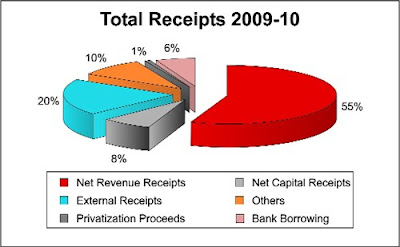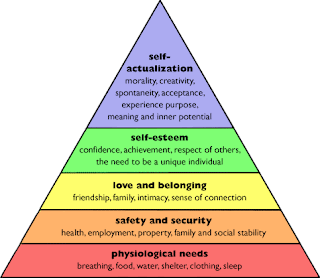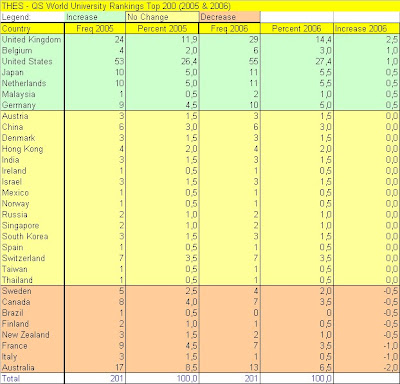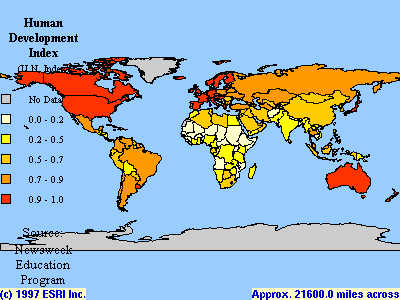Social Entrepreneur Solving India's Sanitation Crisis
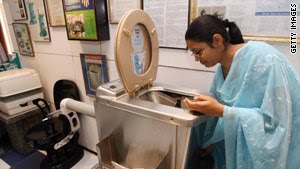
Guest Post by Dost_Mittar A simple solution to a disgusting problem "The toilet is a part of the history of human hygiene which is critical chapter in the growth of civilization." [ Dr. Bindeshwar Pathak ] Anyone who has seen the blockbuster film “Slumdog Millionaire” would remember one scene above all others. I am referring, of course, to the “potty scene” where the young Jamal is shown relieving himself in an open pit. The scene caused a lot of adverse reaction in India as unrepresentative of true India. But according to a joint study conducted by the World Health Organization and UNICEF, 665 million Indians, or nearly two-thirds of them defecate in the open. I am not sure if these 665 included people using indoor toilets without plumbing; if it did not, then the number of Indians defecating in an unhygienic manner is even greater. I love traveling by train when I am in India and have many enchanting childhood memories of such travel. But one of the less enchanting memory

